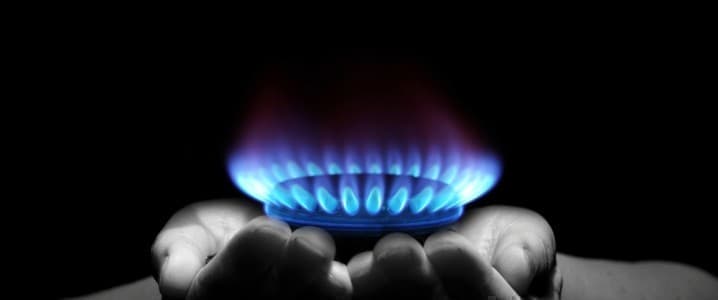Over the last few years, there has been a lot of talk about banning gas installations in new residential buildings, but New York is the first state to put this plan into action. The state has now passed a ban on gas stoves, furnaces, and propane heating in new buildings, in favor of environmentally-friendly appliances, such as heat pumps and induction stoves. This could be the first of many states to make the switch, with plenty of interest elsewhere in the country.
The New York state law is set to come into effect in 2026 for new buildings under seven stories, and 2029 for taller buildings. News of the ban follows weeks of negotiations, with lawmakers including the initiative in the $229 billion state budget deal. This comes after a 2021 law in New York City banning natural gas hook-ups in new buildings from late 2023.
In 2020, New York was the sixth-largest natural gas-consuming state, with gas providing 46 percent of the state’s electricity. In addition, in 2021, three out of five households relied on natural gas for heating. The aim is for New York City and state to achieve net-zero carbon emissions in their buildings. The new law is expected to help avoid 6.1 million metric tons of carbon emissions by 2040. This is part of New York’s target to source 70 percent of its electricity from renewable sources, including solar, wind, and hydropower by 2030, and have a net-zero emissions electricity sector by 2040.
The law is also expected to include exceptions for emergency generators needed to power backup generators, hospitals, laundromats, and commercial kitchens. Further, it would not affect existing residential housing. Governor Kathy Hochul stated last week, “Our budget prioritizes nation-leading climate action that meets this moment with ambition and the commitment it demands.” This ban is expected to encourage other states to introduce their own laws on natural gas in residential and commercial buildings, with several U.S. cities having already introduced similar initiatives.
In 2019, Berkeley, California, changed its building code to ban gas hook-ups in new buildings, becoming the first U.S. city to do so. The city council acted in response to the climate emergency, with almost a third of Berkeley’s emissions coming from natural gas. The bill passed unanimously after the city made its case for the need to curb gas use. Sasan Saadat, a senior research and policy analyst at Earthjustice, an environmental group that worked with the city, stated “We weren’t going to make a ton of progress reducing our greenhouse gas emissions if every time we built new housing, we were actually connecting more and more buildings to the gas system.”
Other cities quickly introduced their own legislation to curb gas use, with many responding to constituent pressure to act on climate change. Although gas stoves have recently drawn media attention due to the negative effect they can have on health in certain settings, most city councils were focused on the environmental impact of burning gas. By the beginning of the year, 99 cities and counties across the U.S. had introduced decarbonization measures, with 82 requiring electrical appliances, instead of gas, in new buildings. Others require “electric readiness,” which is expected to allow buildings to easily make the switch from gas to electric. Several cities in California, as well as Washington D.C., Cambridge, and Seattle have introduced varying bans on gas appliances.
However, many of the cities and states looking to introduce bans on new gas hook-ups have faced opposition from both politicians and residents. A recent federal appeals court decision could halt plans for gas appliance bans after a three-judge panel of the U.S. 9th Circuit Court of Appeals ruled in favor of the California Restaurant Assn., which filed a lawsuit against Berkeley’s ban on natural gas piping in new buildings in 2021, reversing a district court that dismissed the case. The decision responds to the 1970s Federal Energy Policy and Conservation Act, which outlaws state and local governments from enforcing their own appliance energy standards. It seems somewhat ironic the ban could be stopped because of an Act that was introduced to promote energy efficiency. However, the lawsuit is having the intended effect of fossil fuel lobbyists by deterring other cities from introducing similar bans.
And the latest move from New York is already facing opposition, with a recent poll suggesting that 53 percent of all New York respondents oppose the phasing out gas stoves in new homes. It is highly probable that the New York government will also face legal challenges over the ban. But with the introduction of the Biden Administration’s Inflation Reduction Act last year, as well as supporting climate legislation, cities and states across the U.S. are likely to continue fighting to decarbonize in support of the country’s green transition.
By Felicity Bradstock for Oilprice.com
More Top Reads From Oilprice.com:
- The 10 Countries With The Largest Natural Gas Reserves
- The Brent Oil Benchmark Is About To Change Forever
- The 10 Most Incredible Oil And Gas Discoveries Of All Time
















